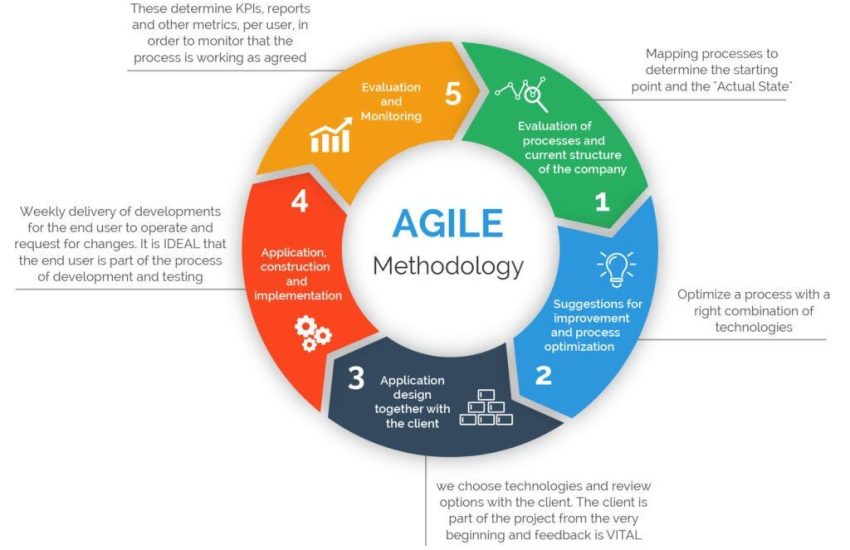Managing Risk in Project Management: What You Need to Know
Project management is a complex and challenging process that requires careful planning and execution to ensure success. One of the most important aspects of project management is managing risk. Every project carries a certain amount of risk, and it is essential for project managers to identify, assess, and mitigate these risks to avoid potential problems down the line. In this article, we will discuss the key aspects of managing risk in project management and what you need to know to ensure the success of your projects.
The Importance of Managing Risk in Project Management
Risk is inherent in every project, no matter how well-planned or executed. It is crucial for project managers to proactively identify and address risks to prevent them from impacting the project’s timeline, budget, or quality. By effectively managing risk, project managers can minimize the potential negative impacts on the project and increase the chances of success.
Identifying Risks
The first step in managing risk is to identify potential risks that could impact the project. This involves brainstorming with team members, stakeholders, and other relevant parties to identify all possible risks, both internal and external. Common types of risks include scope creep, resource constraints, technical constraints, and external factors such as market changes or regulatory issues.
Assessing Risks
Once risks have been identified, the next step is to assess the likelihood and impact of each risk. This involves assigning a probability and impact rating to each risk, which helps project managers prioritize risks based on their potential impact on the project. Risks that have a high likelihood and high impact should be addressed first, while risks with a low likelihood and low impact can be monitored or ignored.
Mitigating Risks
After risks have been identified and assessed, the next step is to develop a risk response plan to mitigate or eliminate the risks. This may involve implementing preventative measures to reduce the likelihood of a risk occurring, such as adding buffer time to the project schedule or conducting regular risk assessments. It may also involve developing contingency plans to address risks if they do occur, such as reallocating resources or adjusting project scope.
Best Practices for Managing Risk in Project Management
There are several best practices that project managers can follow to effectively manage risk in project management:
1. Involve Stakeholders
Engage stakeholders throughout the project to ensure that all potential risks are identified and addressed. Stakeholders can provide valuable insights and perspectives on risks that may not be apparent to the project team.
2. Communicate Effectively
Effective communication is essential for managing risk in project management. Keep stakeholders informed of any changes or developments that may impact the project, and encourage team members to report any risks or issues they encounter.
3. Monitor Risks
Regularly monitor risks throughout the project lifecycle to ensure that they are being addressed and managed effectively. Update risk assessments as needed and adjust risk response plans as new information becomes available.
Conclusion
Managing risk in project management is a critical aspect of ensuring project success. By following best practices and effectively identifying, assessing, and mitigating risks, project managers can minimize the negative impacts of risks on their projects and increase the chances of delivering projects on time, within budget, and to the desired quality standards.


